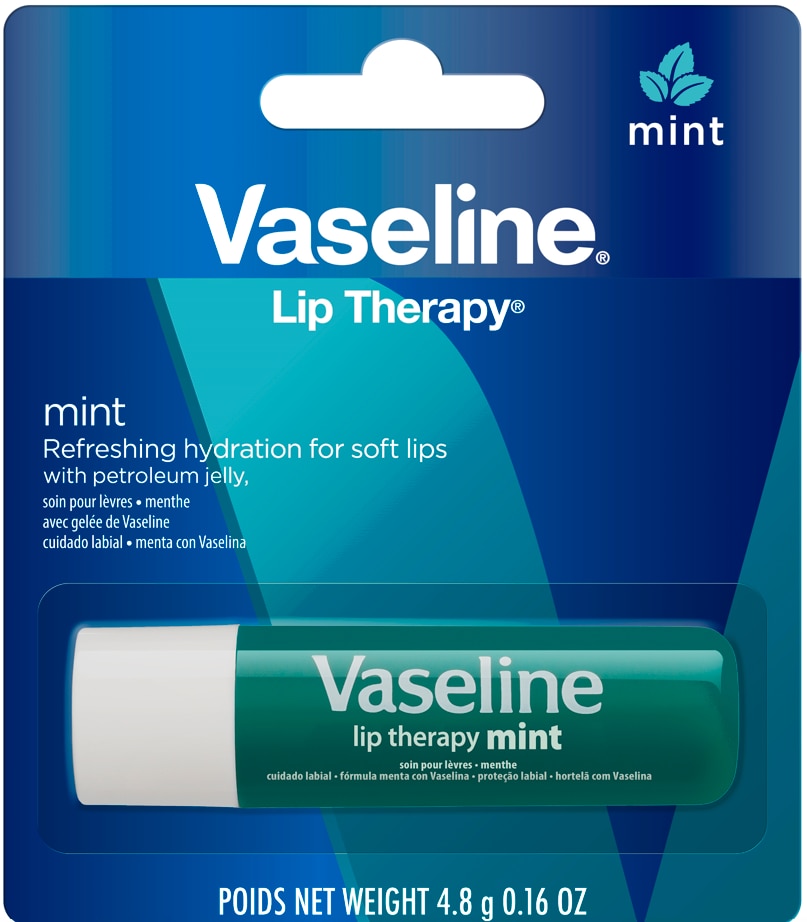Skip to content
How to Use Lip Scrubs & DIY Lip Scrub Recipe
LIP SCRUBS: INGREDIENTS AND HOW TO USE.
A sibling to the more widely known body scrub, lip scrubs shouldn’t be overlooked. Our lips are not only a visual focal point of our faces, but they’re also particularly sensitive. When they’re uncomfortable, everything including eating, talking and kissing is affected. This is where using a lip scrub for chapped lips may be helpful: One way to maintain the delicate skin framing our mouths is to exfoliate away dead, flaky cells. Find out more about which lip scrub ingredients, the best way to use one, and how this handy product can help smooth, soften, and repair your lips below.
- What Is a Lip Scrub?
Like a body scrub, a lip scrub is a semi-liquid or other soft-solid base containing particles that slough off dry, flaky pieces and leave smooth skin behind. Lip scrubs are a type of mechanical exfoliation¹, meaning it physically removes dead skin cells (vs. chemically). Properly exfoliated lips better absorb moisturizing agents and protectants such as lip balm. Most lip scrubs also come in a lipstick-like format, which can be applied directly from the tube. Use either version to prep lips pre-lipstick in order to achieve a more even color application. Do-it-yourself lip scrub recipes are also readily available, and are usually simple to make at home.
- How to Use a Lip Scrub
First, wet lips (wetting them prevents abrasive friction). Then, apply your store-bought lip scrub or homemade mixture directly onto damp lips. The American Academy of Dermatology (AAD) advises using small, circular finger motions for about 30 seconds before rinsing off with lukewarm water². Use short, light strokes if applying with a brush or sponge.
Exfoliating with a lip scrub is good for softening and smoothing lips before applying lipstick, or when your lips are dry and peeling from cold wind or prolonged sun exposure. Avoid using them if your lips have any open cuts, or if they’re sunburned or raw. In general, be gentle and exfoliate as needed (i.e. if your lips are visibly flaky), as overdoing it can cause unwanted irritation.
- Lip Scrub Ingredients: What to Look for
Lip scrubs traditionally use a creamy or oily base. These bases include emollients, which, according to the National Institutes of Health, are substances that help soften, soothe, and moisturize the skin³. Common emollients include: shea butter, coconut oil, avocado oil, coconut butter, grapeseed oil, jojoba oil, cocoa butter, and pure vitamin E oil. Many lip scrubs also contain humectants, ingredients which promote moisture retention⁴ by attracting water to skin’s surface. Common humectants include aloe, glycerin, and honey. (Notably, raw honey has natural, properties.) Finally, exfoliants are the tiny solid fragments that actually buff away dead skin; these are mixed into the base ingredients.Gentle exfoliants include fine-granule white or brown cane sugar, coffee grounds, and coarse oats.
While both natural and synthetic emollients, humectants, and exfoliants may be found in store-bought scrubs, creating your own homemade, natural lip scrub is simple. We scoured the internet for some ideas of popular combinations of easily accessible base ingredients and exfoliants in DIY lip scrub recipes. We haven’t tried them so give them a whirl and let us know how it works:
• Petroleum jelly, like Vaseline® (find out more about petroleum jelly and what it’s used for), a few drops of olive, almond, or vitamin E oil, and any kind of finely ground sugar.
• Shea butter, honey, brown sugar, and ground coffee.
• Coconut oil, cocoa butter, and coconut sugar.
Users mix together equal parts sugar and base ingredients. Try adding flavor, such as a drop of pure vanilla extract or a dash of cocoa powder. Best of all, feel free to mix and match ingredients based on what you have on hand. Only a small amount of each element is needed.
- What You Should Do After Using a Lip Scrub
After scrubbing lips, it’s important to follow up with a repairing lip balm⁵. Pure petroleum jelly seals in moisture to soothe, soften, and rehydrate skin’s outer layer, and facilitates sealing in moisture.
Vaseline® Lip Therapy® Tins glide on smoothly and are clinically proven to help heal dry lips (see How to Heal Dry Lips for more). The AAD also recommends using petroleum jelly as an inexpensive way to create a barrier against drying conditions, such as cold weather⁶. For on-the-go lip care, try the portable Vaseline® Lip Therapy® Advanced Healing Tube, made with triple-purified petroleum jelly.
Whether or not you’re already familiar with how to use a lip scrub, we hope this information has been useful in regards to ideas on ingredients, the best way to use lip scrubs, and how they can help soothe and repair dry, chapped lips.
Expert Advice
The advice in this article does not constitute medical advice, it is solely available for information purposes.
- How to Safely Exfoliate at Home. American Academy of Dermatology, www.aad.org/public/skin-hair-nails/skin-care/exfoliation#sthash.ijFrvMy1.dpuf.
- How to Safely Exfoliate at Home. American Academy of Dermatology, www.aad.org/public/skin-hair-nails/skin-care/exfoliation#sthash.ijFrvMy1.dpuf.
- “Glossary of Skin Care Terms.” National Eczema Association, nationaleczema.org/eczema-products/glossary-skin-care-terms/.
- “Glossary of Skin Care Terms.” National Eczema Association, nationaleczema.org/eczema-products/glossary-skin-care-terms/.
- Gibson, M.D. Lawrence E. “Chapped Lips: What's the Best Remedy?” Mayo Clinic, Mayo Foundation for Medical Education and Research, 21 May 2016, www.mayoclinic.org/diseases-conditions/dry-skin/expert-answers/chapped-lips/faq-20057819.
- “Skin Care on a Budget.” American Academy of Dermatology, www.aad.org/public/skin-hair-nails/skin-care/skin-care-on-a-budget#sthash.gwKcJG9a.dpuf.
FEATURED PRODUCTS
- slide 1
- slide 2
- slide 3
- slide 4
- slide 5
- slide 6



















